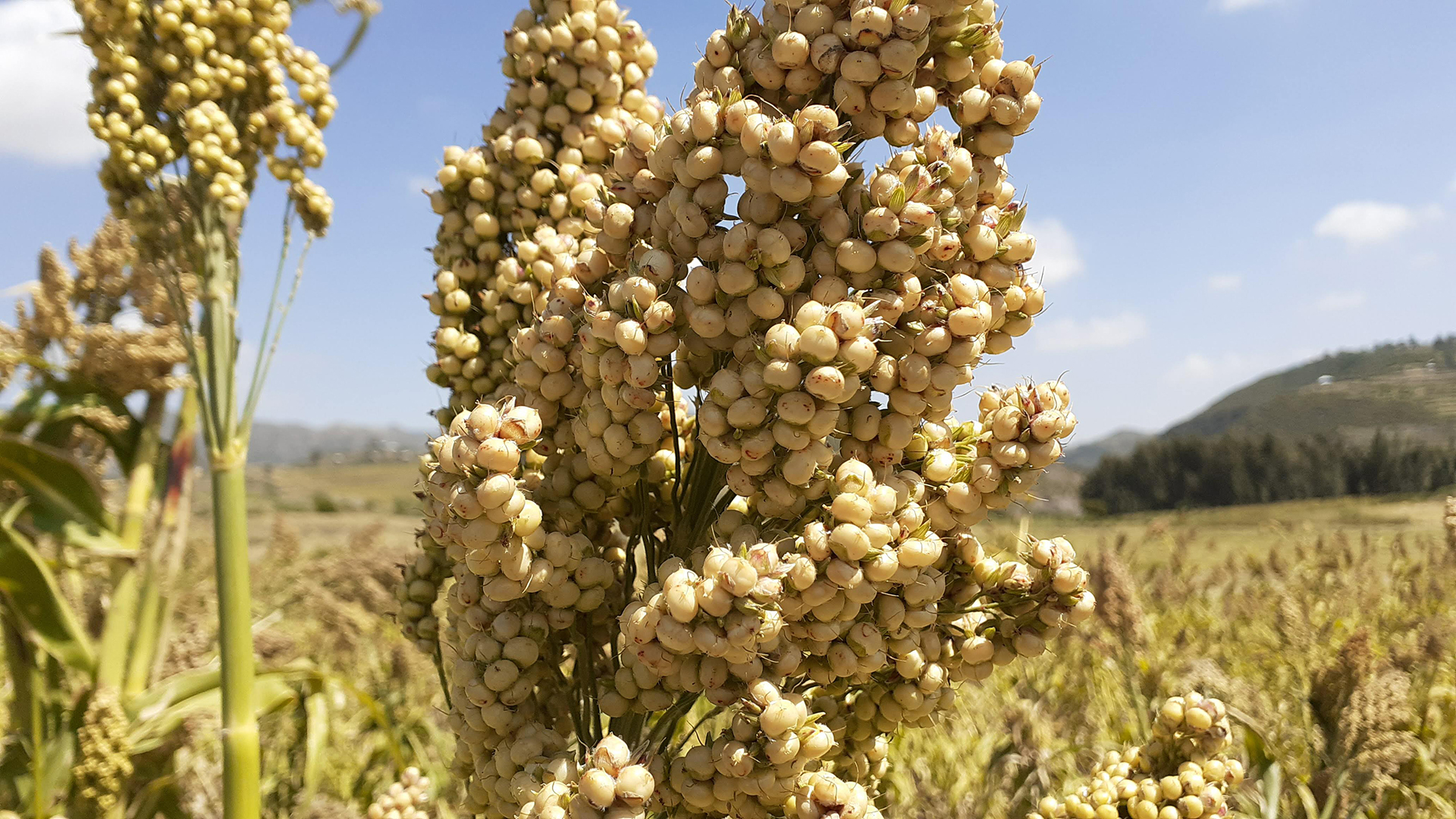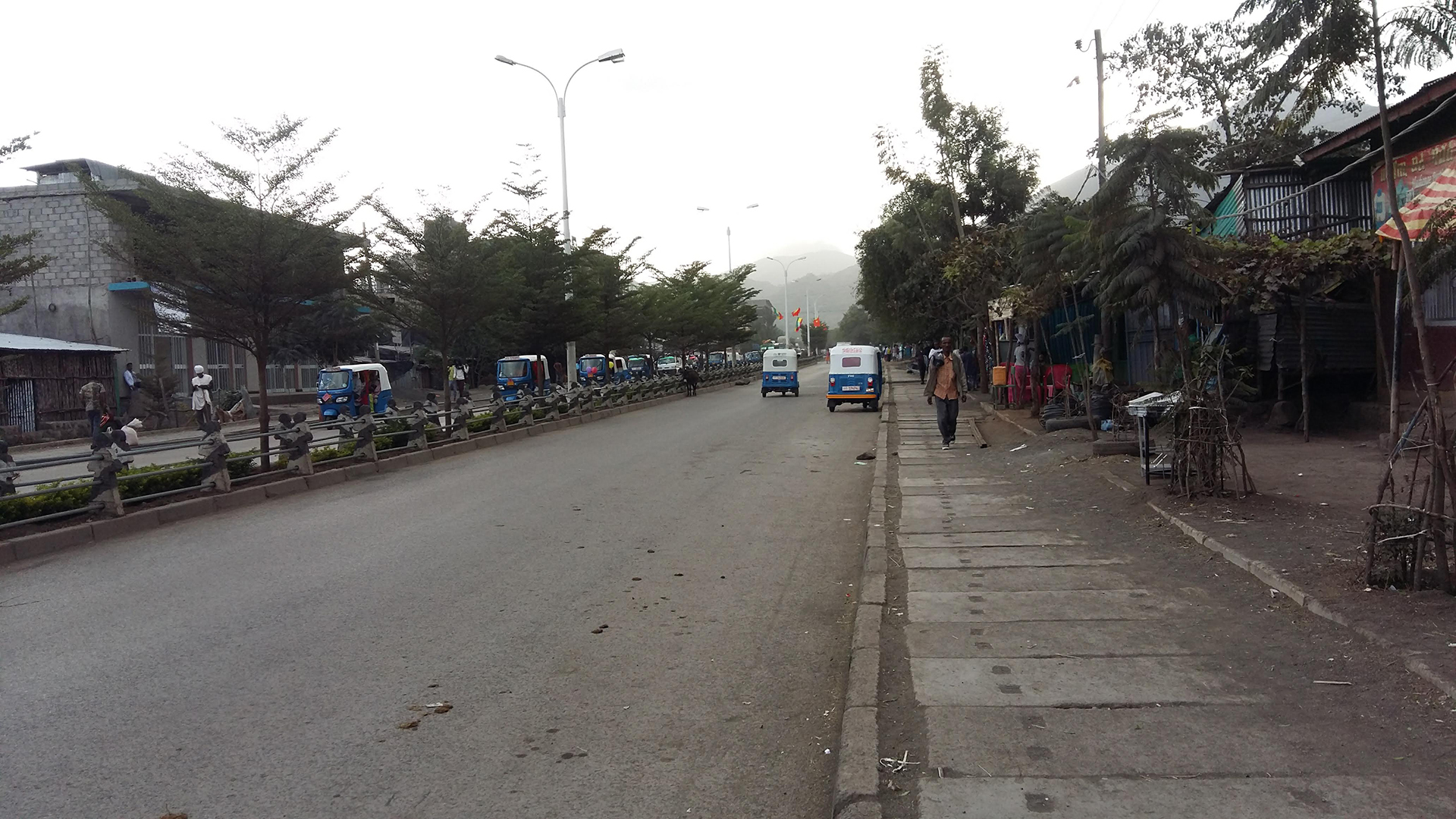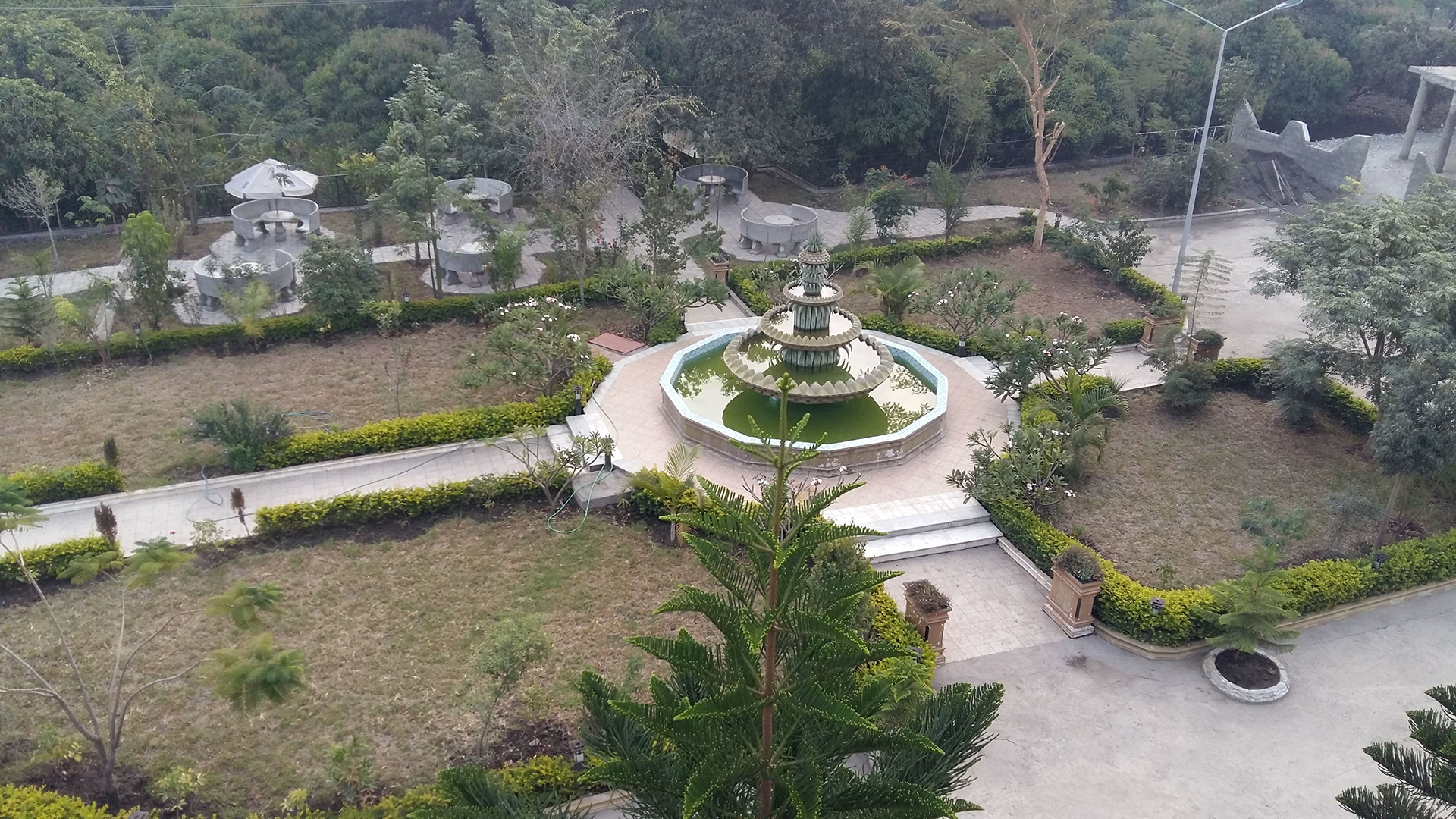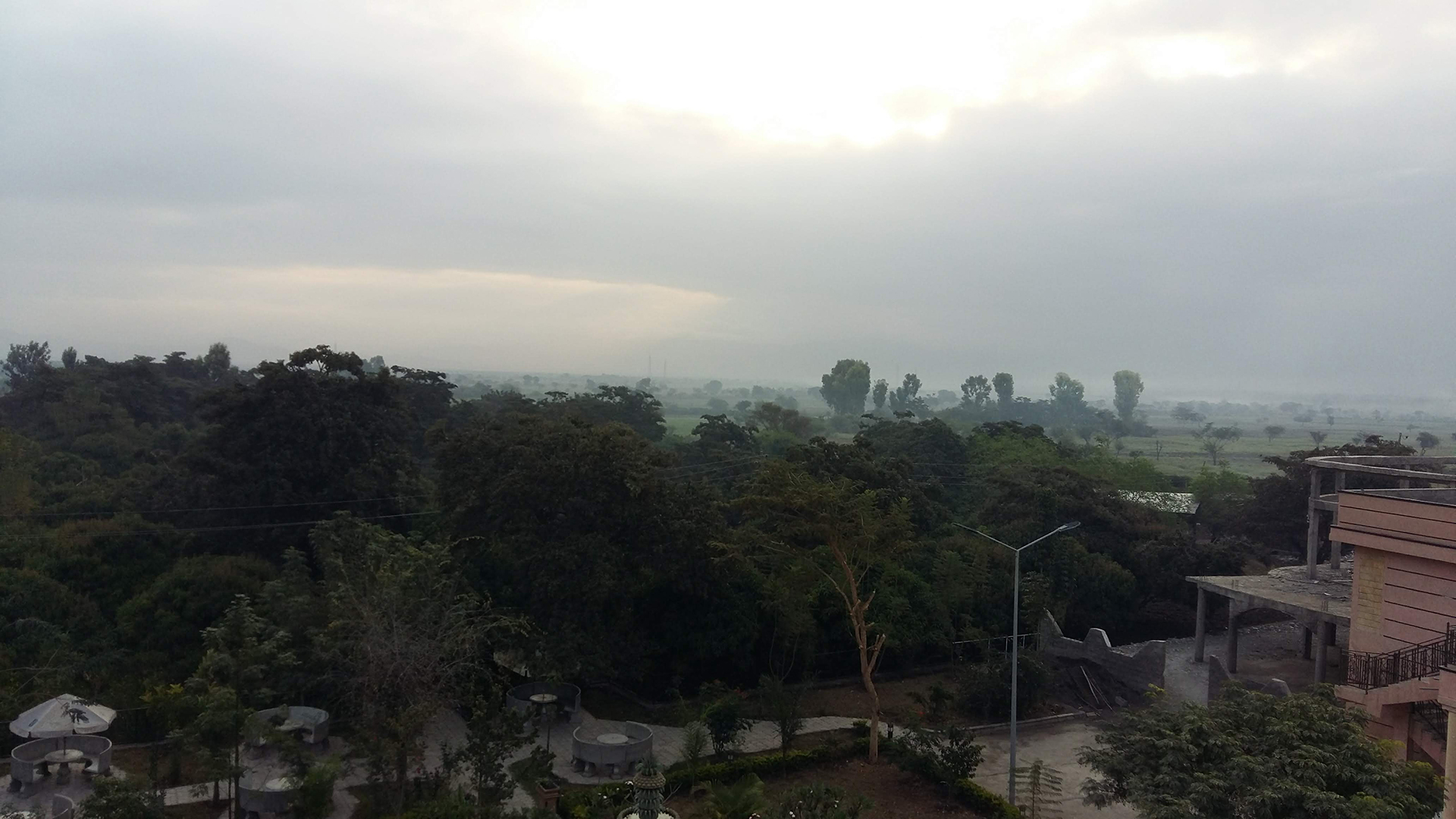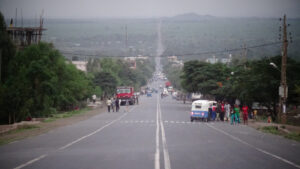Located in the the endoreic basin of the Great Rift Valley, a showcase of mixed culture, a measure of hospitality, an economic corridor to the southmost part of Tigrai, Afar and Amhara, Alamata is about 180km south of Mekelle. It is a symbol of harmony and co-existence.
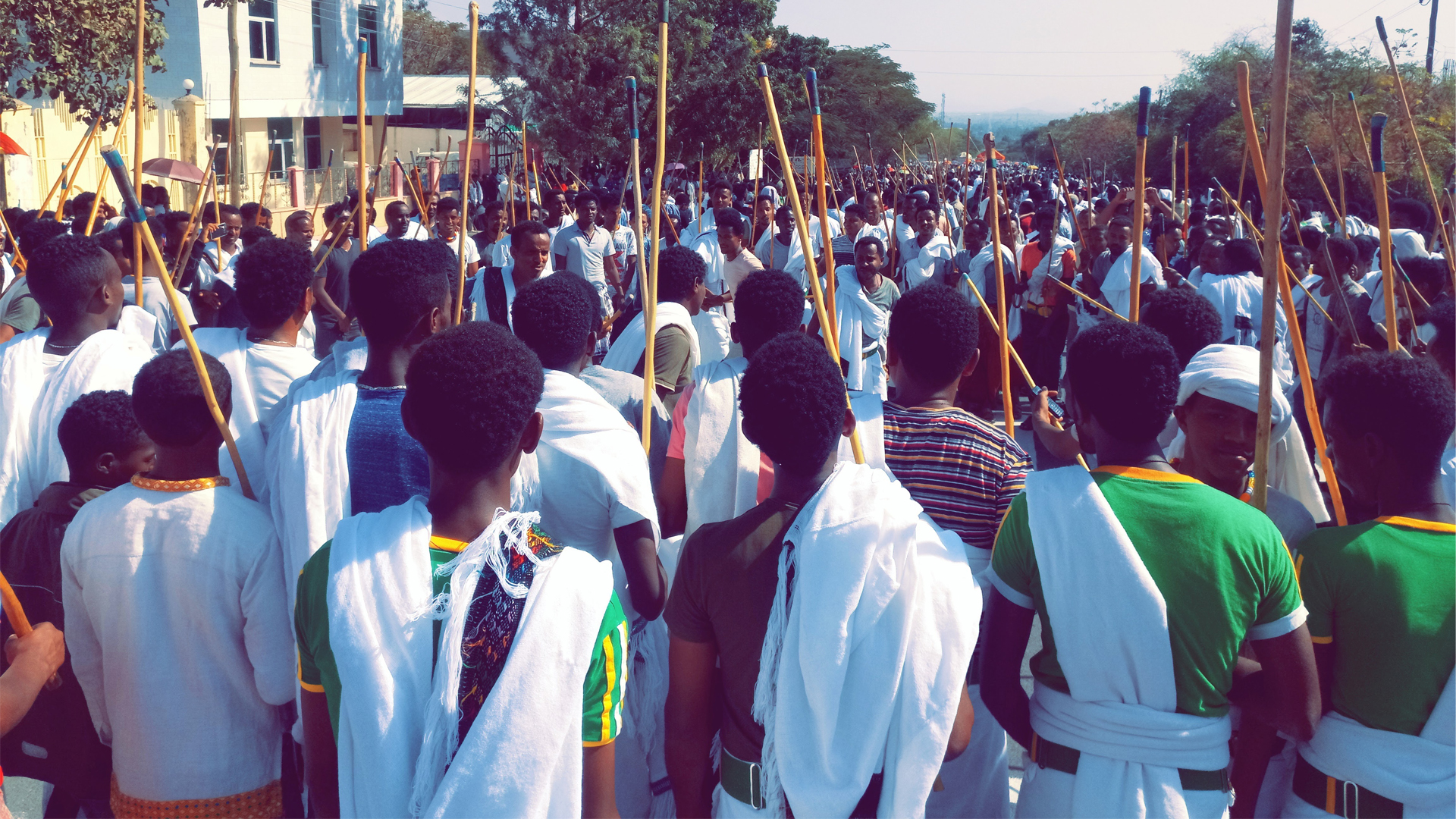
A junction of the lowland extending to Afar and Qobo to the east and south, and the highland of Ofla and Enda Mekoni to the north and west, this town offers all what you ask for. With optimized night temperature, its one of the best places to spend sometime with important natural and man made attractions in the surrounding.
Based on the 2007 national census, Alamata has a total population of 33,214, with 82% to 17% Muslim-Christian ratio.
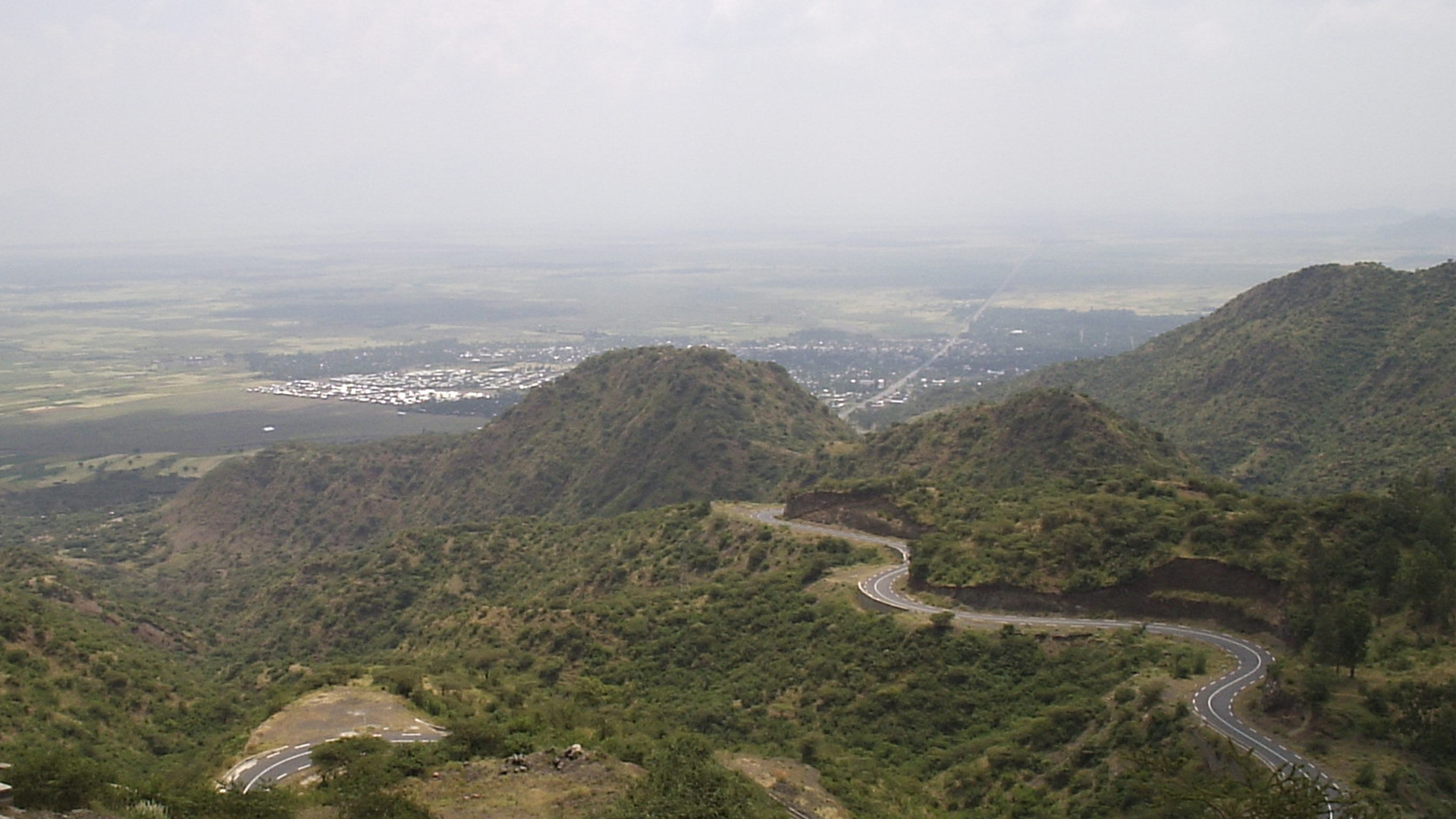
Alamata is not only a name of the town, its also for the surrounding rural and semi-urban villages. The area is generally rich in agriculture, animal farm and natural resources. This along with the adjacent farmland extending up across Mekoni forms a huge part of Tigrai agriculture.
It is divided into western highland and eastern lowland. The western part (Tsetsera and Merewa) is a highland having an altitude range of 2,000–3,000 metres above sea level. It is characterized by steep slopes, gorges and undulating terrain having scattered flat lands used for grazing livestock and farming. It covers 25% of the woreda. The topography of the area dominated by steep slopes has induced erosion.
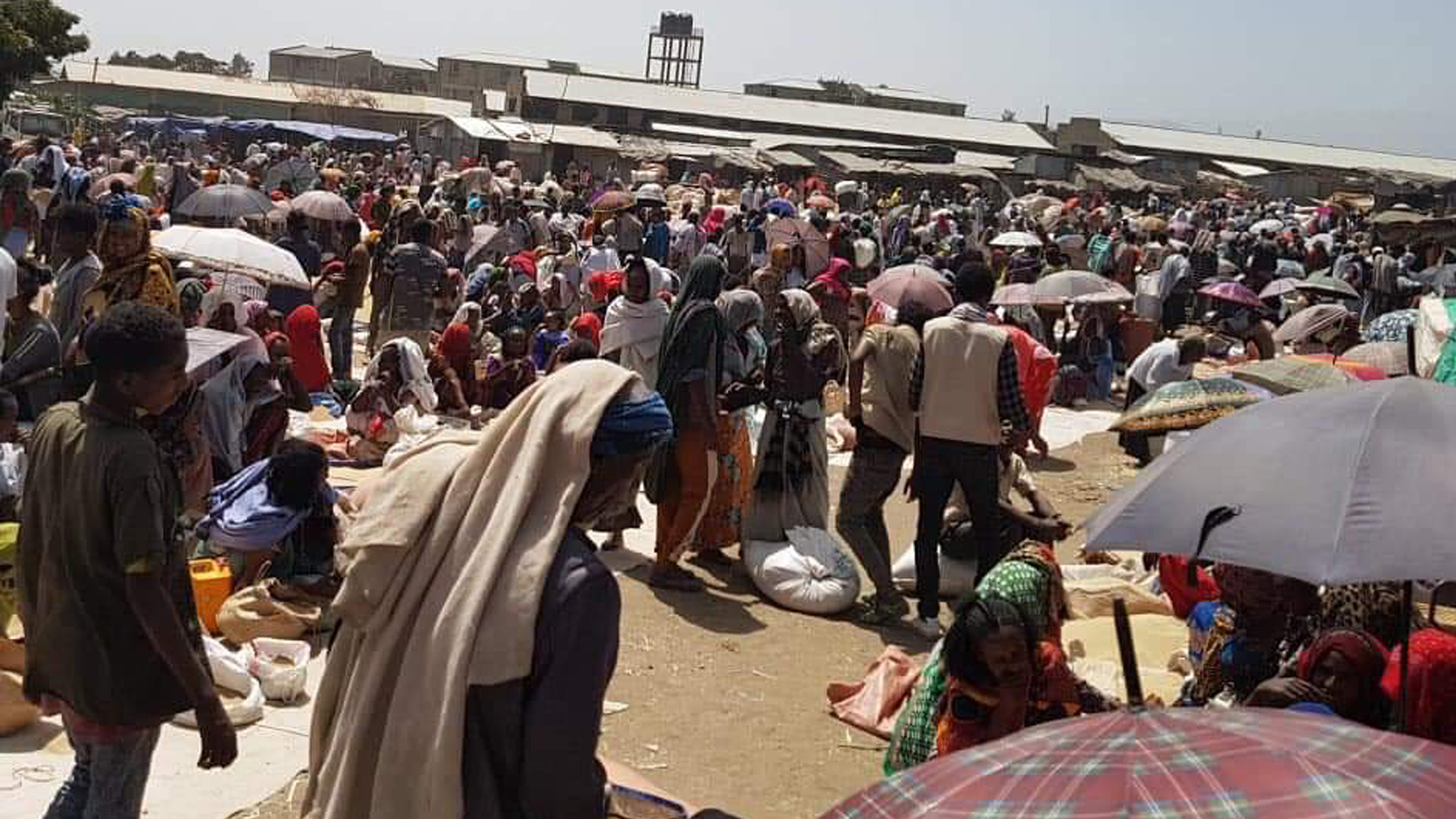
The eastern lowland with its eight tabias is generally plain in topography with an altitude ranging from 1,450–1,750 metres above sea level. The plain landscape of this area makes the area suitable for agriculture and it covers 75% of the woreda.
A mixed farming system with the predominant of crop production is practiced in and around Alamata. The major food crops grown in the area are cereals (sorghum, teff, and maize), pulses, oilseeds, vegetables and root crops.
